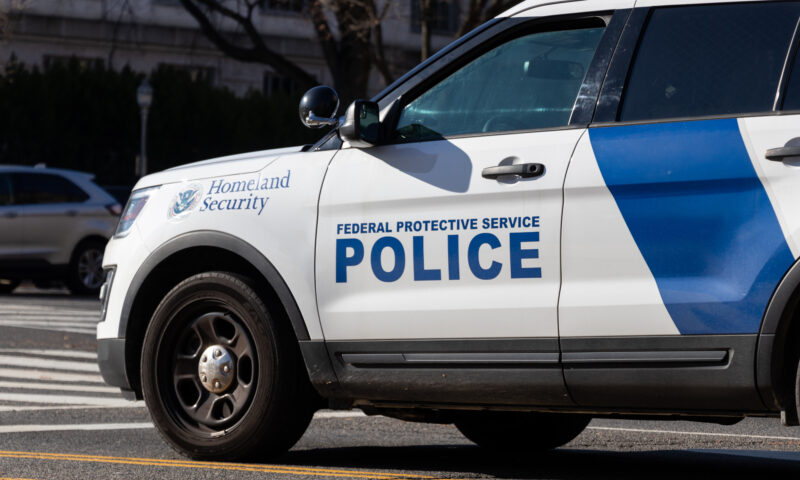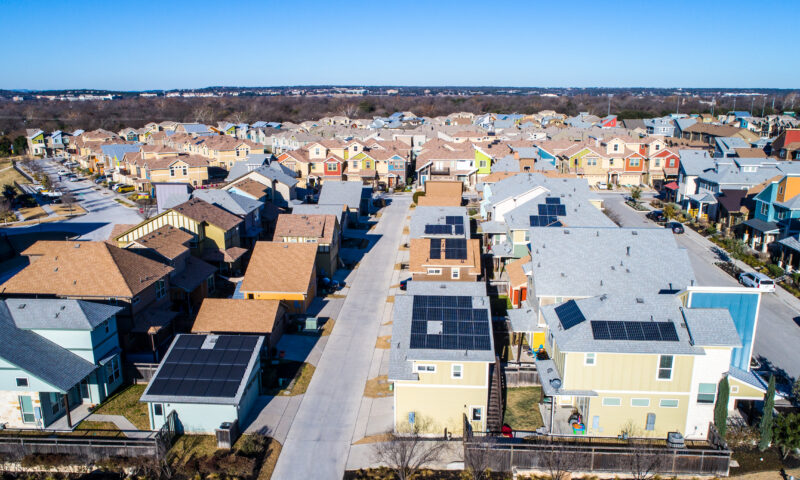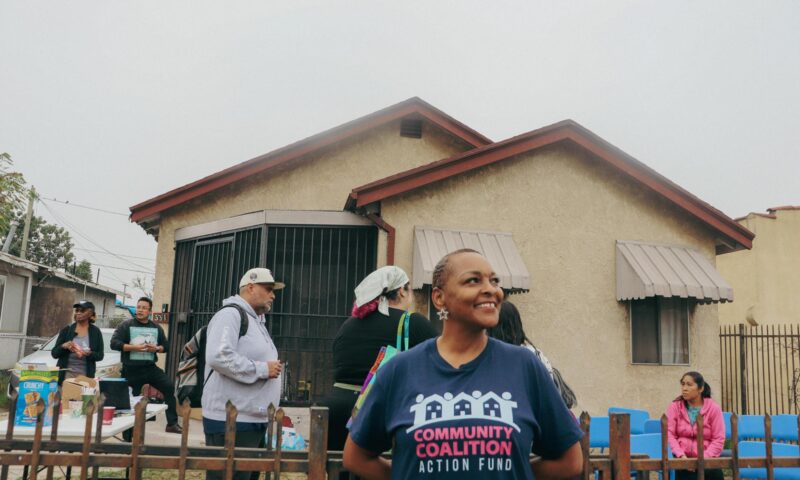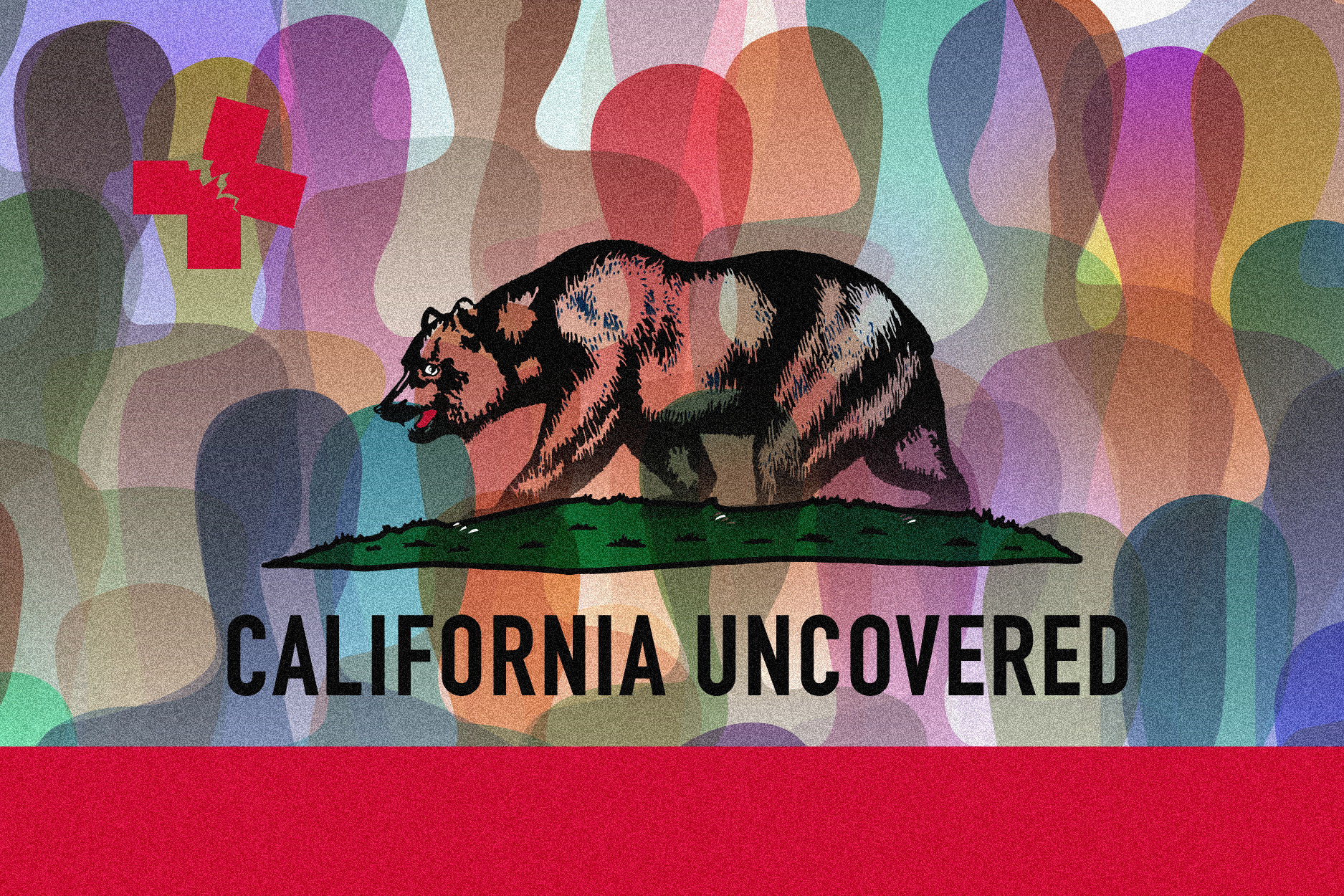Gov. Gavin Newsom has long sought to make Californians healthier in body and mind, but can he do it?
Over the course of his political career, Newsom has worked to improve access to therapy, facilitate health insurance for more people, substantially boost funding for homeless services and arrange for healthful California produce to reach the plates of people in need. His latest effort could directly affect — and limit — the choices of more than 5 million Californians dependent on food aid.
In January, Newsom asked more than a half-dozen state agencies to come up with recommendations to limit the harm from food that is ultra-processed or has added sugar or dyes, and to improve access to fresh, locally grown fruit and vegetables for students and low-income residents.
Newsom is now considering recommendations about how to use the levers of government to improve the day-to-day health of Californians.
People could be forgiven for feeling a bit of whiplash over his good health push given that Newsom has also proposed cuts to Medi-Cal enrollment for undocumented immigrants as part of a budget-balancing effort. An estimated 20% of such immigrants could lose their Medi-Cal coverage, according to California’s Department of Finance. The state’s Legislative Analyst’s Office warned that in other states that enacted or increased premiums for Medicaid, enrollment fell as much as 50%.
There is a link between ultra-processed food and poor sleep, breathing problems, depression and other health problems.
On the nutrition front, some food policy organizations and experts are anxious about specific language in Newsom’s order. They say it may be interpreted to limit what low-income families can buy with electronic benefit transfer cards, or EBT cards, which allow low-income Californians to purchase food and other household goods with state and federal government funds.
“Governor Newsom’s goal of improving healthy food access is one we share,” said Eli Zigas, executive director of the nonprofit food policy advocacy organization Fullwell. “There are many paths to reaching that goal. Restricting what CalFresh participants can buy with their food assistance benefits, though, is a path we hope the governor will reject. That policy path will make life harder — not better — for low-income Californians who already are struggling to make ends meet. We know that families are better able to make healthy choices when they aren’t struggling to put food on the table.”
Capital & Main reached out to Gov. Newsom’s office for copies of the reports and recommendations from the various state agencies to limit the harms of processed food and improve access to nutritious meals. Deputy Communications Director Elana Ross wrote in an email that the California Department of Social Services submitted its recommendations and a report on the subject to the governor’s office. “It is currently being reviewed,” Ross said in a statement.
Newsom’s deputy legal affairs secretary Matthew Lee responded to a public records request with a written statement that the records were exempt from public disclosure as they are protected by attorney-client privilege and “would reveal the deliberative process” of Newsom and his staff.
Unprocessed food includes natural fruit, vegetables and meat, according to Harvard Medical School. Processed foods have added ingredients such as salt, sugar or oil and include pickled vegetables or canned fish. Ultra-processed food is chemically and industrially produced from substances extracted from food, often with many additives and preservatives. Ultra-processed food tends to be cheaper, sometimes very much so, and has a long shelf life.
But there is a link between ultra-processed food and poor sleep, breathing problems, depression and other health problems. It can also kill: ultra-processed food increases the likelihood of heart disease, Type 2 diabetes and cancer, according to The BMJ, the journal of the British Medical Association.
“If the governor wants to continue his leadership in promoting Californians’ health through CalFresh, he should choose the path of carrots, not sticks.”
~ Eli Zigas, executive director, Fullwell
Newsom ordered the California Department of Social Services, which oversees the EBT card system, to respond to the problem with recommendations to “reduce the purchase of soda, candy, other ultra-processed foods and/or foods with synthetic food dye or other additives.”
Food policy experts worry that Newsom may attempt to prohibit the purchase of sodas, candy and other food with EBT funds. Groups like Fullwell in San Francisco and the Los Angeles Food Policy Council said such prohibitions rob low-income people of dignity and are embarrassing in the checkout line, as well as impractical for businesses to implement, all of which could undermine efforts to improve people’s health.
“Instead of reducing choice for low-income Californians, Governor Newsom could instead choose to deepen the investments he and the legislature have already made into proven programs that boost healthy food access for low-income Californians, like the CalFresh Fruit and Vegetable program,” Zigas said.
“The governor and his administration launched this path-breaking [CalFresh] program that is ready to help hundreds of thousands of families. If the governor wants to continue his leadership in promoting Californians’ health through CalFresh, he should choose the path of carrots, not sticks,” Zigas added.
With the exception of policies to control alcohol purchases, health and food policy researchers have long pushed back on proposals to limit options and choice for people receiving food assistance. Congress held a hearing on the issue in 2017 entitled “Pros and Cons of Restricting SNAP Purchases,” which refers to federal food benefits through the Supplemental Nutrition Assistance Program.
Diane Whitmore Schanzenbach, then the director of The Hamilton Project, an economic policy think tank, testified before the U.S. House Committee on Agriculture in February 2017 that restricting or banning the purchase of sodas was unlikely to change whether people actually drank soda and other sweetened beverages.
“There are better policy options for promoting healthy eating patterns, both for SNAP recipients and for all Americans,” said Schanzenbach.
Conservatives in California have in the past labeled government interventions that restrict access to unhealthy products as assaults on individual choice.
Such efforts have missed the root of the problem, according to Alba Velasquez, executive director of the Los Angeles Food Policy Council. Residents who rely on food aid and government assistance typically live where healthy options are unaffordable or unavailable, she said in an email. A lack of nutritious options also results from a lack of affordable farmers markets or grocery stores nearby and an overabundance of ultra-processed food at local markets, she added. Policy should focus on expanding access to healthy food, not punitive measures that narrow accessibility, she said.
But, she added: “California’s Executive Order is a timely and important step toward food equity, and we appreciate its focus on local sourcing, sustainability, and access.”
“In Los Angeles, we see communities with rich cultural food traditions facing limited choices, not because of preference, but because of decades of policies that have made healthy, culturally relevant food hard to reach,” Velasquez said “We can’t solve that by restricting what people can buy. We solve it by rebuilding systems that support real access and dignity.”
A 2025 Democratic-led public health initiative that restricts access to candy or food that is ultra-processed or contains edible dyes and sugar may not face the same opposition as similar efforts elsewhere. Conservatives in California have in the past labeled such government interventions as assaults on individual choice and mocked those efforts as “nanny state” policies.
One thing that is different in the U.S. in 2025 is that Robert F. Kennedy Jr. is the nation’s disruptive Secretary of Health and Human Services. Kennedy has been a vocal advocate for rooting out food additives, dyes and ultra-processed food from the American diet, so Newsom may find an unexpected and potentially powerful political bedfellow in the nation’s capital.
There are similar signs of bipartisan interest elsewhere. The U.S. Department of Agriculture recently signed off on a proposal from Nebraska Gov. Jim Pillen, a Republican, to prohibit SNAP recipients from buying soda. Colorado Gov. Jared Polis, a Democrat, recently applied for that same waiver to similarly prohibit such purchases.
In California, public health has long been part of Newsom’s political legacy. As a San Francisco supervisor, he championed a divisive Care Not Cash initiative in 2002 that redirected public funds away from cash payments to people living on the streets and toward local shelters, food and medicine for people in need.
As San Francisco’s mayor, Newsom signed the Healthy San Francisco program into law in 2007, offering all residents of the city — including undocumented immigrants — affordable health insurance. A year later, he explored improving access to healthy, locally grown food in San Francisco and signed a law requiring chain restaurants to print nutritional information on their menus.
There is little doubt that Newsom wants to make us healthier; the question going forward may be whether he can get more Californians to change — and whether they want him to.
Copyright 2025 Capital & Main


 The SlickNovember 14, 2025
The SlickNovember 14, 2025
 Latest NewsNovember 11, 2025
Latest NewsNovember 11, 2025
 The SlickNovember 12, 2025
The SlickNovember 12, 2025
 Column - State of InequalityNovember 13, 2025
Column - State of InequalityNovember 13, 2025
 Latest NewsNovember 19, 2025
Latest NewsNovember 19, 2025
 Latest NewsNovember 18, 2025
Latest NewsNovember 18, 2025
 Latest NewsNovember 17, 2025
Latest NewsNovember 17, 2025
 The SlickNovember 18, 2025
The SlickNovember 18, 2025

